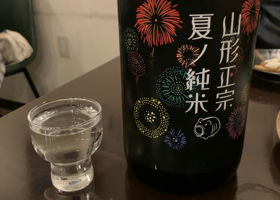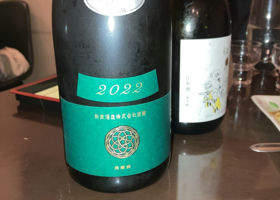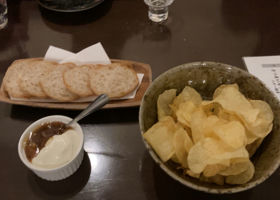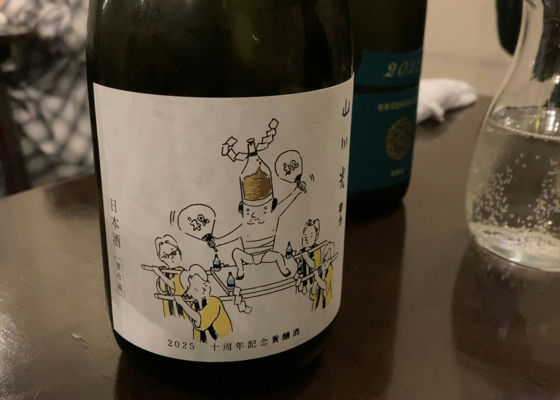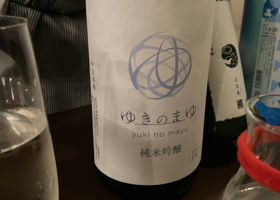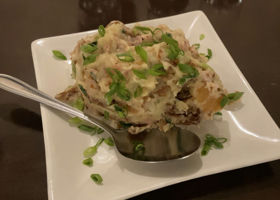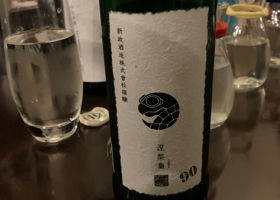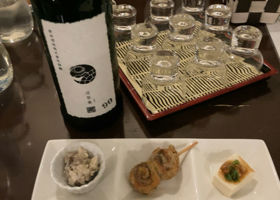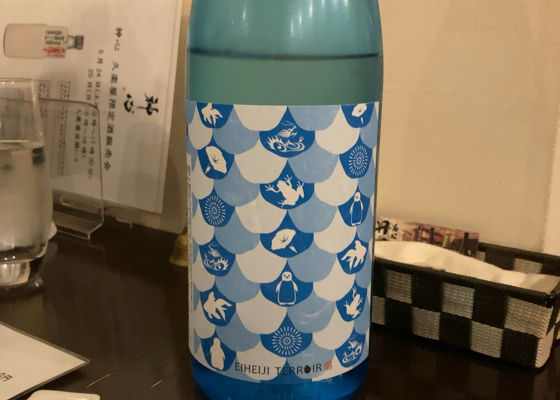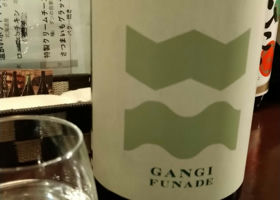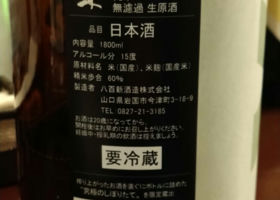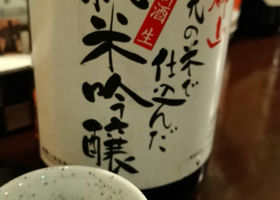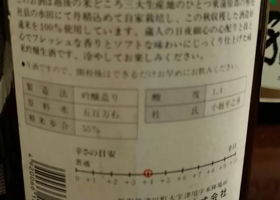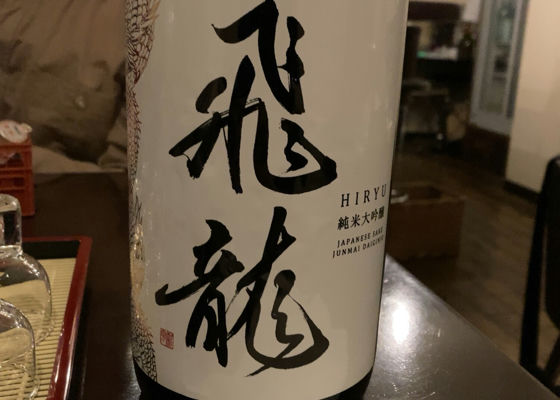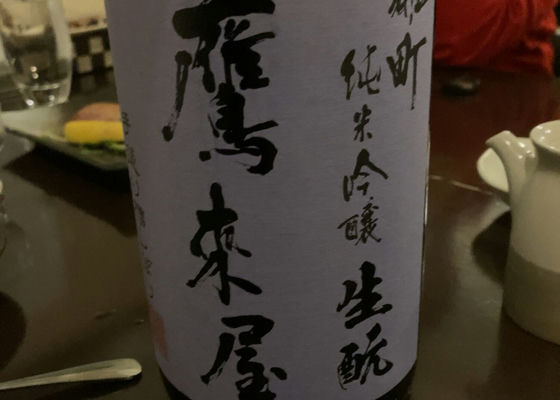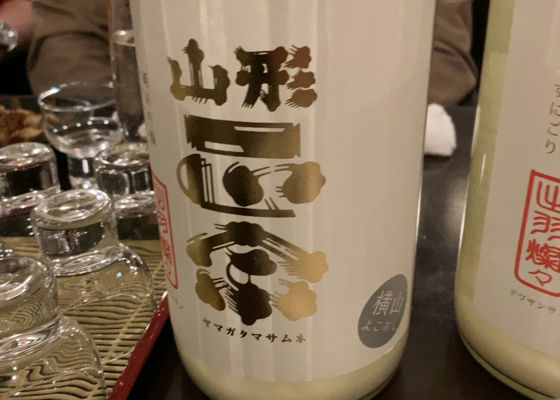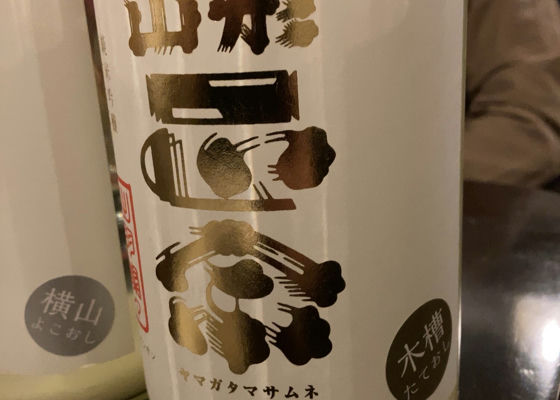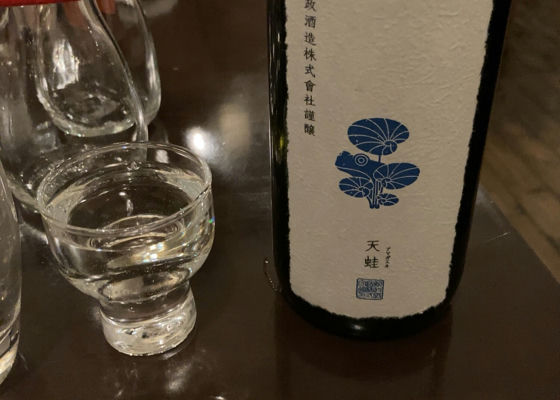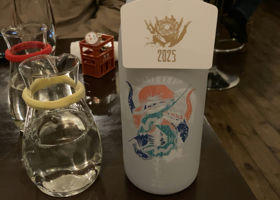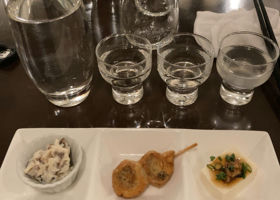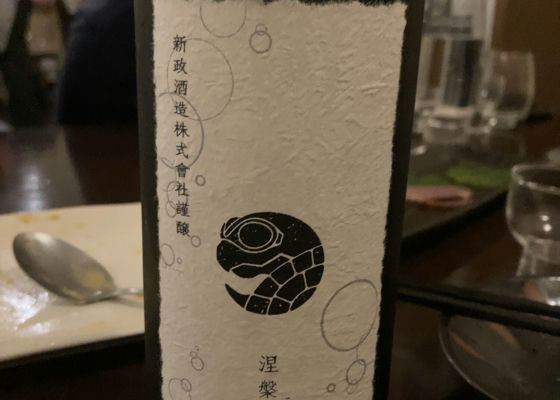Timeline
吉報シモサThe last one is here.
This is a summer sake from Yamagata Masamune. It is a low-key sweet sake with a strong acidity, in keeping with the season of fireworks. The flavor is fruity, just like the manager said it was melon. We finished off with this and then moved on to the second party😅.
Manager Dan, I look forward to being your guest at another sake party. Thank you very much for your long time support. 吉報シモサ[Thanks to the manager of Tan's for retiring next week].
I took this opportunity to try this one from the Shinsei Colors series, which I had never had before. As one might expect from the Colors series, it has a strong sharpness and a moderate sweetness that goes well with a meal. The flavor and aroma of yeast No. 6 is strong, but it also goes well with a side of prosciutto chips and a mozzarella bucket. 吉報シモサ[Thanks for retiring next week, manager of Tan].
I looked up this sake after I came back, but I didn't think it was a Kisosyu. So it will be the 2025 10th Anniversary Yamakawa Mitsuo. It is a collaboration sake from Yamagata Prefecture, and I wondered what it would taste like. I didn't expect it to be a Kisoushu sake. I think it could have been a little sweeter. It is definitely a great sake to drink with a side dish. 吉報シモサThank you for retiring next week [Tan's manager].
This is Yuki no Mayu. This one is a brand-swapped version of Kochira, which I have bought myself before. It has a freshness and grapefruit-like atmosphere, and is also easy to drink.
My boss who came with me praised it, saying, "This is the one for today. They also serve potato salad (a sake entrée). 吉報シモサ[Thanks to the manager of Tan for retiring next week].
Next, I had a bottle of Nirugame 90%. I thought it would be one of the sharp ones from the Shinsei Animal series, but it was a slightly sparkling one with a strong taste of No. 6 yeast. It was less sweet than the Flaxcat, but had more of a yeast flavor than the Cosmos. The 90% is apparently quite rare. 吉報シモサ[Thank you to the manager of Tan for retiring next week].
So, the long-awaited sake party.
We started with this item.
Eiheiji Hakuryu Summer Limited Edition Junmai Ginjo.
I thought it was mainly refreshing and sharp, rather than having a strong impression of acidity, which is typical of summer. 夢茶苦茶也deliciousness
Acid
Is there a schwar?
Is it ganki since the drinking contest where the brewer was there?
Delicious.
Alcohol 15 degrees
Rice polishing ratio 60 夢茶苦茶也I looked for a bar in the cold but couldn't find a good one, so here I am.
It was cold, so I asked for something hot and tasty, not fruity, and this is what I got.
It was a nice warmed sake with no sense of maturity.
It was made in 1997!
Gohyakumangoku
Rice polishing ratio 55
Acidity 1.4
+4 吉報シモサThe last sake of the New Year's party was this one. It is a Junmai Daiginjo. It is a Junmai Daiginjo, but it has a certain sweetness with a slight spiciness, and when I thought it was similar to something, the manager told me it was from the same brewery as Hakurakusei.
It was indeed a wine-like flavor, and when I thought so, it became easy to drink, and after a few sips, the umami flavor increased. 吉報シモサAt the New Year's party. This sake is made with lactobacillus propagation and the time and effort of making a sake from the original yeast.
It is made with 25% Yamada-Nishiki and 75% Omachi, so you would expect it to be sweet, but it has a spicy and refreshing taste. It is easier to drink than I expected, but I think it will show its true value when paired with food. It would be good to enjoy it with snacks at an izakaya. A colleague of mine said that if you drink it while imagining the process of making sake yeast yeast yeast yeast yeast yeast, the taste will be better. I looked it up and was convinced. It's amazing. 吉報シモサAt the New Year's party. We were served a new sake of Yamagata Masamune. This one is Yokoyama Yokooshi. Unlike the Kibatamatate Oshi, this one has less sweetness and more sharpness. The freshness of the new sake is more apparent in this one, and there is a bit more effervescence. It may be more suited for summer, but depending on the dish, this one is definitely better.
This one was also delicious. It is the same Dewa Sanzan, but the difference in taste between Yoko and Tate is astonishing. 吉報シモサAt the New Year's party. We were served a new sake of Yamagata Masamune. This one is freshly brewed in a wooden vat. The aroma was stronger and the sweetness was sweeter than Yokoyama. It also has some acidity and other tastes, but overall it is more supple, and I think this one is generally easier to drink. I was satisfied with the rice used for the brew, Dewa Sanbai, which has not been used for a long time. It was delicious. 吉報シモサAt the New Year's party. It has been a long time since I drank here.
It is "Ame Frog". This is the first of the Shinsei sparkling wine. We drank Blanco Spark at home before, so we feel Ameeru frog is stronger than Blanco. It is a must for those who like sparkling wine. The sweetness is just right and it is a delicious sake that can be enjoyed with food. 吉報シモサWe had a New Year's party the other day and drank a variety of drinks selected by my boss, who is a sake master.
We started with this one.
Shinmasa No. 6 with a zodiac sign label.
He emphasized that this is a product that comes around only once every 12 years. The same No. 6 was also served with a prayer for freshly squeezed new sake, so we were allowed to drink it with care. The flavor and umami of the Kyokai No. 6 yeast were well balanced and delicious. It has been a long time since I have had this sake, but it is still one class above and elegant. 吉報シモサThe last sake of the day is Nirugame. This sake has a target rice polishing ratio of 88%. It is as if Shinmasa's technology can make a delicious sake without polishing.
When you drink it, you will find it to be a very strong sake. As expected, the sweetness is moderate. It has a spiciness and tastes like a mature carbonated drink. It has a fizzy and refreshing taste. It also retains the Shinsei feeling. It has less carbonation and sweetness than Amaerokeru, so it is more suited for a mealtime sake, but it can also be enjoyed with a glass of sake in the evening. Shinsei is still great. RecommendedContentsSectionView.title
